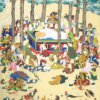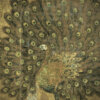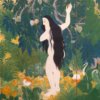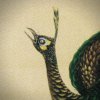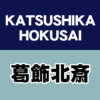Soga Shōhaku Also Visited the Tajima Region!
In the latter part of the Edo period, there were many painters active in Kyoto, represented by Yosa Buson, Ikeno Taiga, Maruyama Ōkyo and Itō Jakuchū. Amongst these painters, Soga Shōhaku was one who had a strong sense of rivalry with Maruyama Ōkyo.
Soga Shōhaku’s masterpiece, a painting of Kakinomoto no Hitomaro, is housed at the Manpuku-ji temple in Yabu City, the Tajima region of Hyōgo Prefecture. It is a designated cultural property of Yabu City.
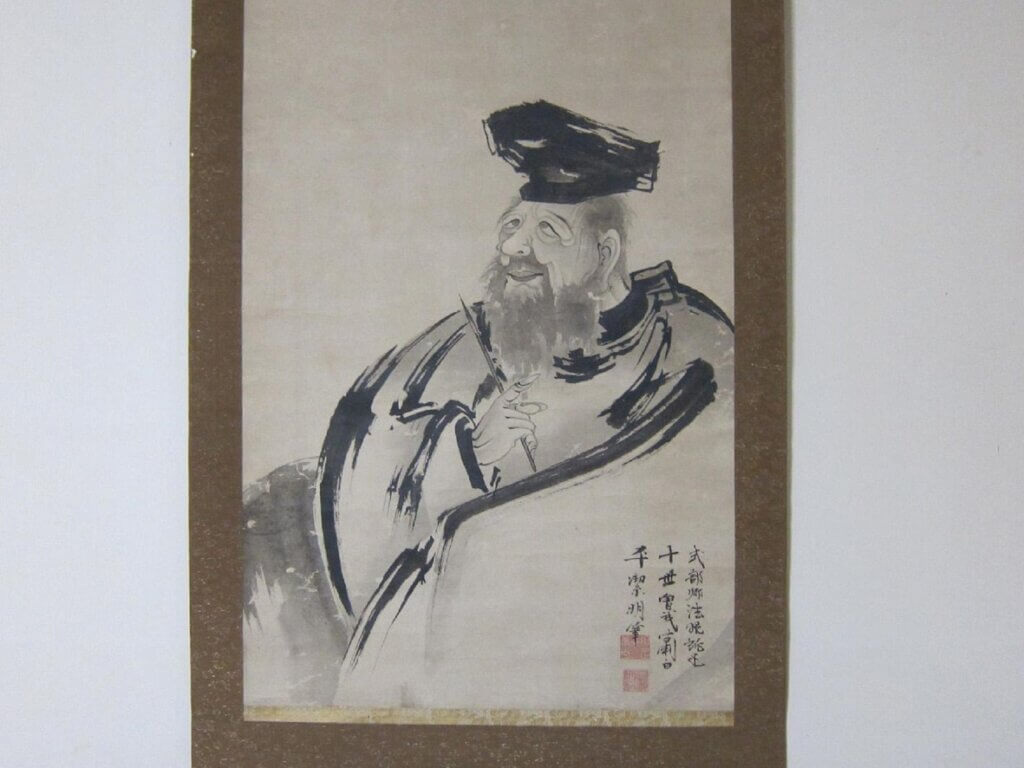
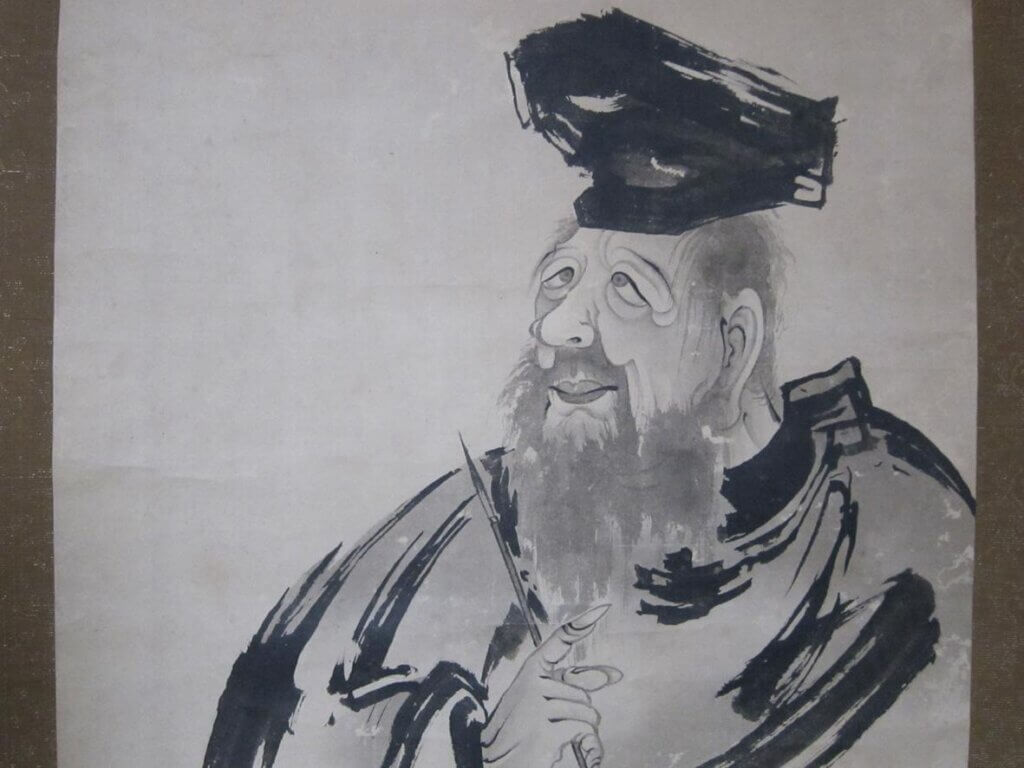
Soga Shōhaku was a painter active from 1730 to 1781. In his youth, he worked in the Ise and the Harima regions before settling in Kyoto in his 40s.
In 1767, at the age of 38, he left a work at Sone Tenmangū Shrine in Takasago City, the Harima region, and it is estimated that he visited the Kinosaki hot springs in the Tajima region around this time and painted this, which is a valuable document showing the footsteps of Soga Shōhaku in the Tajima.
In 2005 this work was included in an exhibition of Soga Shōhaku’s works at the Kyoto National Museum and became nationally famous.
Soga Shōhaku’s insight in describing Kakinomoto no Hitomaro as an ordinary man when he wasn’t thinking about singing is much appreciated.
While the hat and robe are painted darkly and powerfully with a thick brush, the face is painted in a slightly lighter ink with a soft, light, human expression. Also, the eyeballs are centered and the gaze is skyward, without any tension. A small brush is held between the thumb and index finger of the left hand, but the tip of the brush is pointing upwards so he is resting on it.
This is one of the most valuable paintings by Soga Shōbaku remaining in the Tajima region, and one of the most representative early modern paintings in the Tajima region.

